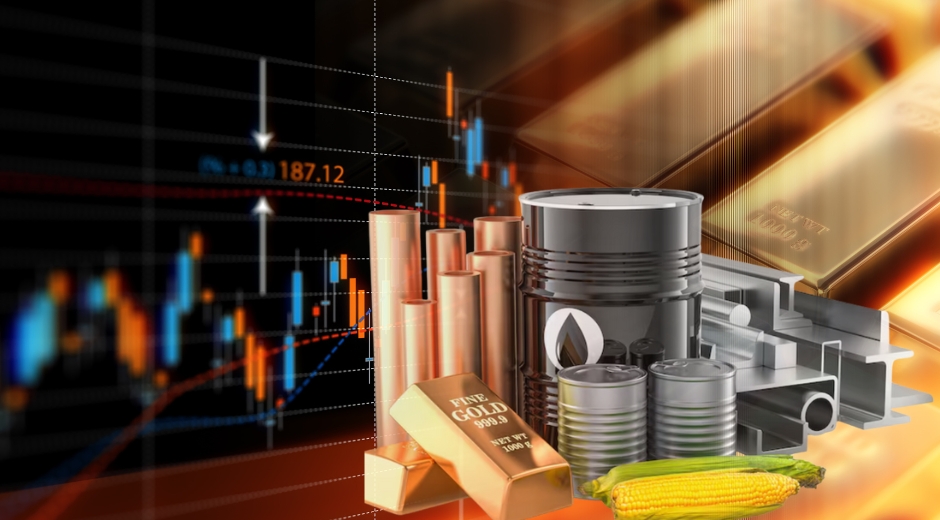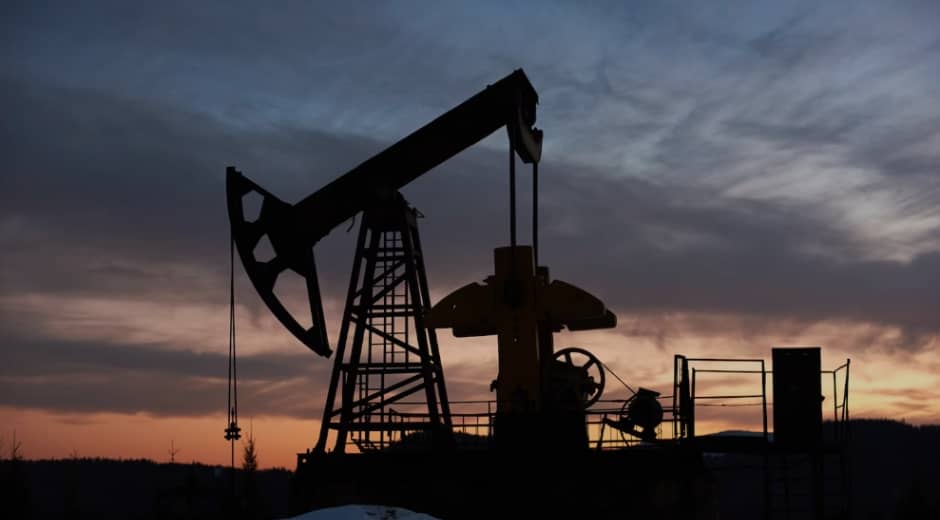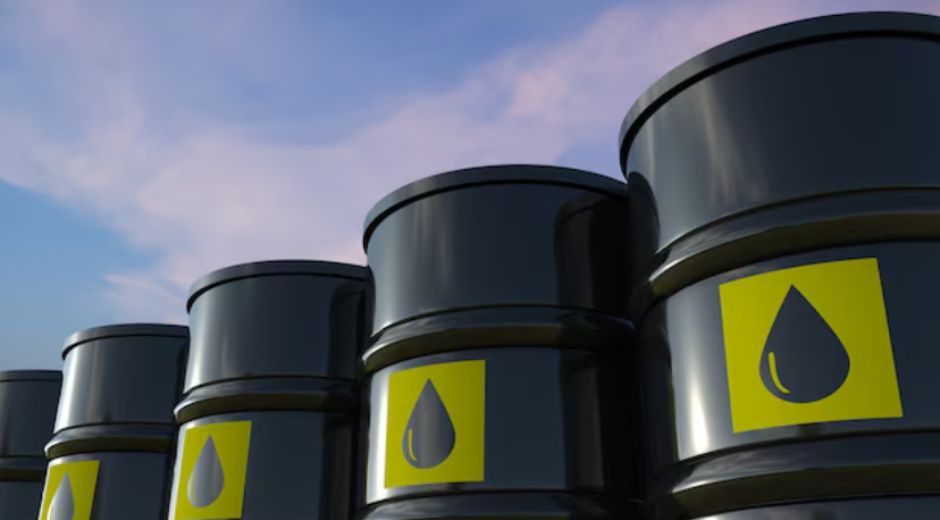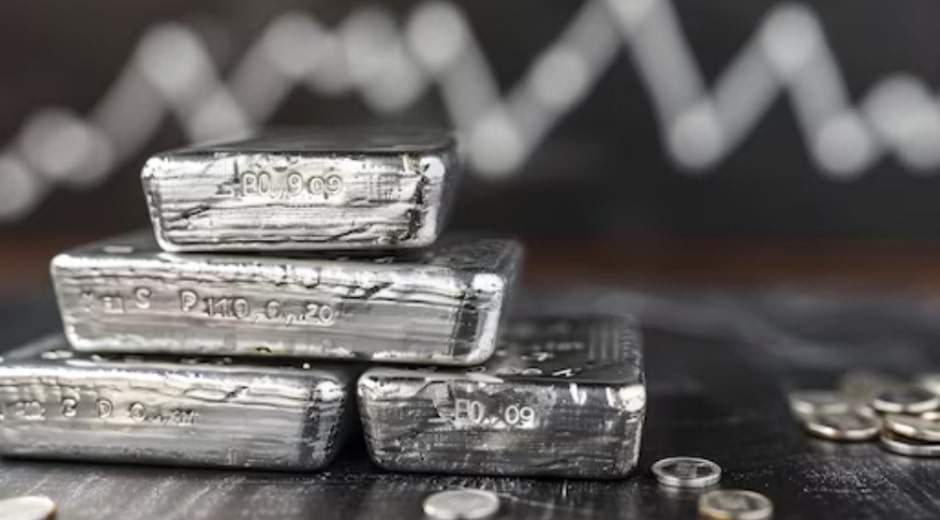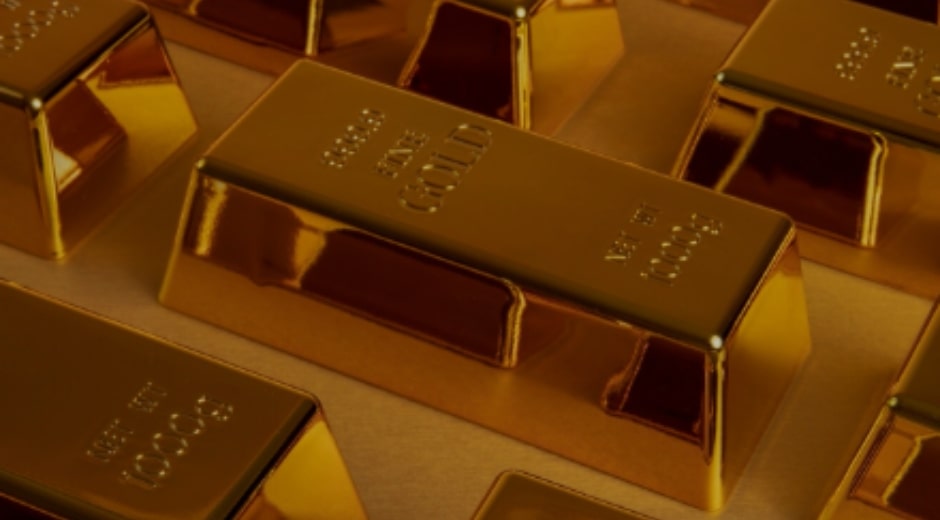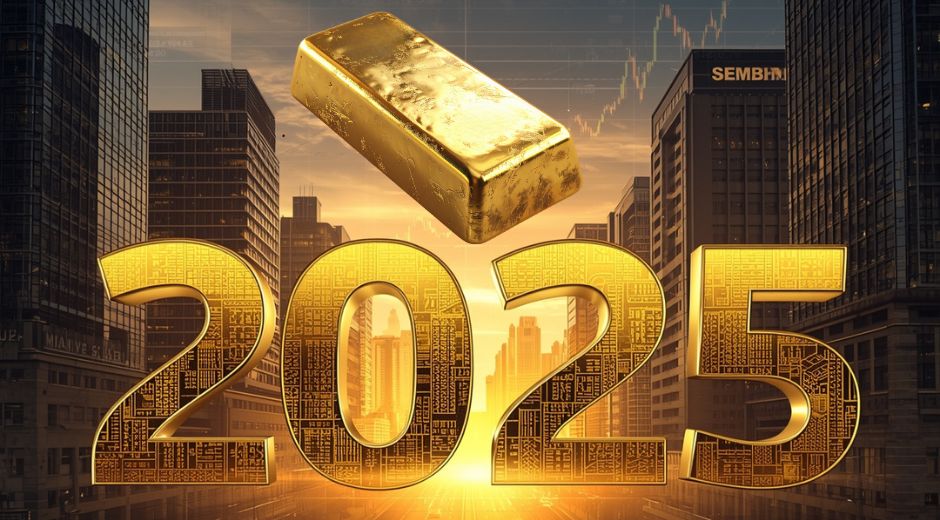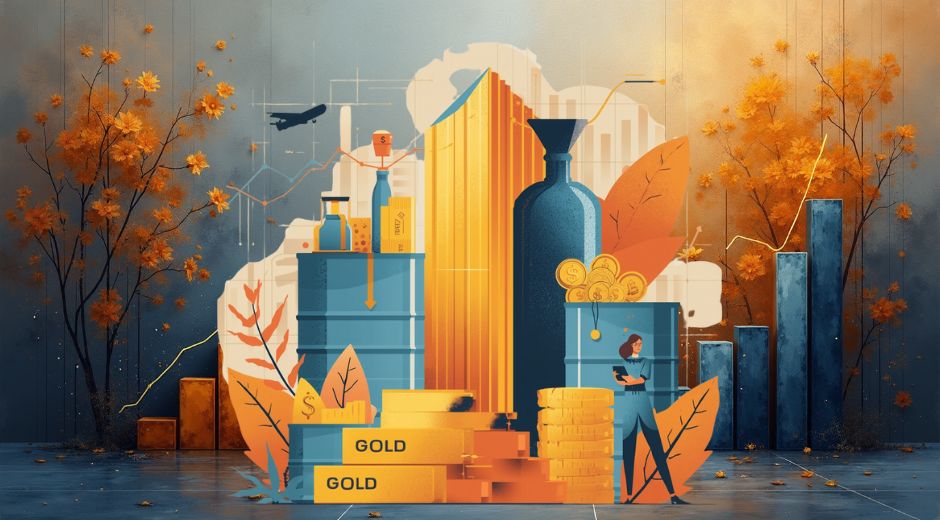Copper’s Comeback: Why the Red Metal Is Powering the Next Global Boom
In a world shifting toward electrification, renewable energy, and smart infrastructure, Copper has quietly returned to the spotlight. Once viewed simply as an industrial metal, Copper is now recognized as a vital resource for the green transition and the global economy. In 2025, the demand for this versatile metal has surged, driving prices and reshaping global trade routes.
Why Copper Matters Now More Than Ever
Copper is essential to modern life. From wiring electric vehicles and building renewable power grids to fueling data centers and communication networks, its conductivity and durability make it indispensable. As economies aim for net-zero carbon emissions, demand for Copper is projected to double within the next decade.
According to the World Bank, every megawatt of solar energy capacity requires up to five tons of Copper, while wind turbines can require several tons more. This surge in clean-energy infrastructure has created an unprecedented appetite for the red metal.
A Global Supply Challenge
While demand accelerates, supply remains constrained. New mining projects are slow to develop, and existing mines in countries like Chile and Peru are facing operational challenges due to environmental regulations and social unrest. Copper recycling helps bridge some of the gap, but production still struggles to keep pace.
In recent years, the price of Copper has experienced steady upward momentum, signaling investor confidence. Analysts predict that this supply-demand imbalance will persist, supporting higher long-term valuations.
At FinanceWorldHub, we closely monitor market movements and provide weekly updates on commodity trends, including Copper’s pricing forecasts and investment opportunities. Visit our commodities section on FinanceWorldHub for real-time insights.
Electrification and the Red Metal’s Revival
The electrification movement is the single largest driver of Copper’s comeback. Electric vehicles (EVs) use nearly four times more Copper than conventional cars, powering everything from motors to charging systems. As governments introduce incentives for EV adoption, demand is skyrocketing.
Energy-storage systems and grid-expansion projects add even more pressure. Copper’s conductivity makes it irreplaceable in transmitting clean energy efficiently. It’s not just powering the world—it’s powering progress itself.
The Role of Technology and Innovation
Mining technology is evolving to meet demand. Advanced sensors, autonomous vehicles, and AI-driven analytics are improving efficiency while reducing environmental impact. Some companies are experimenting with bio-leaching, a process that uses natural bacteria to extract Copper from ore with less waste.
This blend of sustainability and innovation could transform how Copper is sourced and processed, lowering carbon footprints while increasing yields. The shift toward greener mining aligns with global environmental goals, ensuring Copper remains a sustainable investment for decades ahead.
Investment Opportunities in Copper
Institutional investors and retail traders alike are eyeing Copper as a long-term strategic asset. Exchange-traded funds (ETFs) tracking Copper futures have seen record inflows. Meanwhile, mining company stocks have rallied as global infrastructure programs—especially in Asia and North America—create persistent demand.
Analysts at Bloomberg note that Copper’s performance now mirrors that of “green commodities,” positioning it as a cornerstone of the clean-energy economy. For those seeking to diversify portfolios, Copper represents both stability and growth potential in uncertain markets.
If you’re comparing Copper’s investment trajectory to other key commodities or want a portfolio performance breakdown, you can check detailed analytics Politicxy.com for updated benchmarks and analysis resources.
Environmental and Social Considerations
Copper’s resurgence isn’t without challenges. Mining operations often raise concerns over land degradation, water usage, and community displacement. In response, major producers are adopting stricter environmental standards and transparency measures.
Investors are increasingly factoring ESG (Environmental, Social, and Governance) performance into their decisions. Companies that prioritize sustainability not only protect ecosystems but also attract more long-term capital. This ethical shift is redefining how commodity markets function.
Recycling: The New Frontier
Recycling is becoming a central pillar of Copper’s future. Roughly one-third of global Copper demand is already met through recycled sources. As technology improves, more efficient recovery processes are emerging, allowing industries to reuse Copper indefinitely without quality loss.
Urban mining—extracting Copper from discarded electronics is gaining popularity, particularly in Asia and Europe. This approach reduces waste, conserves resources, and strengthens supply chains. In essence, today’s scrap could become tomorrow’s strategic reserve.
Global Hotspots and Trade Flows
South America continues to dominate production, but Africa is rapidly gaining traction as an emerging hub. Countries like Zambia and the Democratic Republic of Congo are expanding their operations, inviting international partnerships and infrastructure investments.
At the same time, refining capacity is shifting eastward. China remains the largest consumer and processor of Copper, with growing influence over pricing mechanisms and trade policies. Meanwhile, the US and EU are investing in local refining facilities to reduce dependency on imports and secure strategic autonomy.
Copper in Everyday Life
Beyond industrial applications, Copper is part of our daily existence. From home wiring and plumbing to consumer electronics and healthcare equipment, it’s everywhere. Its antimicrobial properties even make it a preferred material in hospitals and public spaces, contributing to safer environments.
As smart homes, electric vehicles, and renewable grids become more common, Copper’s importance in daily life continues to expand. It’s not just a metal it’s a foundation of modern civilization.
Market Outlook: 2025 and Beyond
Market analysts forecast a continued bullish outlook for Copper through 2030. Infrastructure spending, electrification policies, and renewable projects will sustain high demand. Even short-term corrections are unlikely to disrupt the long-term upward trend.
For traders, Copper offers a mix of industrial relevance and speculative potential. Its price movements often serve as a barometer of global economic health. Whether used for hedging inflation or capturing growth opportunities, Copper remains a critical element of any diversified commodities portfolio.
Conclusion: The Red Metal’s Golden Future
Copper’s resurgence is more than a market story it’s a global transformation. As the world accelerates toward electrification, sustainability, and digitalization, Copper stands at the center of it all.
Its role as the conductor of progress and foundation of renewable energy cements its status as one of the most valuable commodities of the decade. The red metal isn’t just making a comeback it’s shaping the next global boom.
Education Made Simple
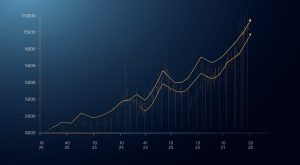
Blue Chip Stocks in 2025: Resilience, Reliability, and Real Growth
Blue Chip Stocks in 2025 remain pillars of market stability and growth, offering investors security, dividends, and consistent long-term value.

Index Funds in 2025: The Timeless Strategy Thriving in a New Financial Era
Index Funds in 2025 remain a cornerstone of smart investing, balancing simplicity, diversification, and steady returns in a volatile market environment.
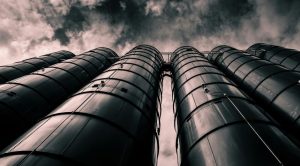
Natural Gas in 2025: Balancing Energy Demand and Sustainability
Natural Gas in 2025 plays a pivotal role in global energy transition, balancing affordability, sustainability, and reliability amid evolving markets.
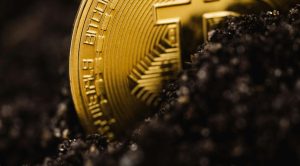
Tokenization in 2025: Redefining Ownership in the Digital Economy
Tokenization in 2025 transforms how assets are owned, traded, and valued, bringing transparency and liquidity to global financial systems.

Earnings Season 2025: What Investors Should Watch for in a Shifting Market
Earnings Season 2025 reveals how corporate results are shaping market confidence, guiding investors through volatility and economic transition worldwide.






